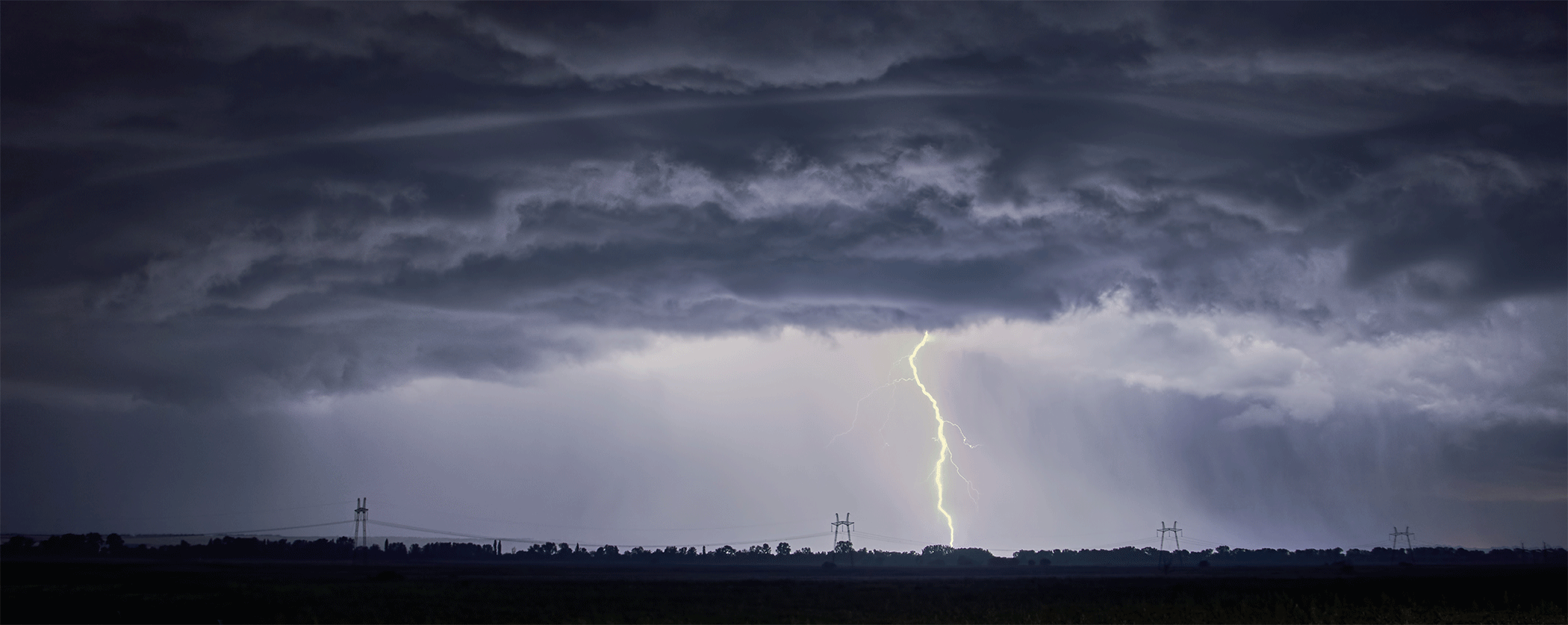nsurance is a product that hospitals purchase and do everything they can to not use it. Property and Casualty Insurance is like a fire extinguisher, automobile airbags or an EpiPen. These things are important to have in place – just in case – but when they are used it typically means something bad has happened.
When it comes to property losses, the good news is that loss is relatively rare. Major losses – or total losses – are the rarest of all.
Even though most hospital administrators won’t face the challenges of leading a hospital or health system through the aftermath of a major disaster, it is still extremely important for health care leaders to be prepared for the worst-case scenario.

Trent Phillips, a senior claims manager for INSURICA in Amarillo, assists clients with major property claims. He hospital administrators should view a major property loss as perhaps the most important business negotiation of their careers.
“I know hospitals are fighting some serious economic forces today,” Phillips said. “If disaster strikes, for example, in the form of a tornado – like it did in Joplin or in Moore, Okla. – successfully navigating an extremely complex property claim could literally mean the difference between a hospital’s long-term survival or not.”
Phillips said that even when a hospital’s insurance policies contain the required coverages and appropriate limits of insurance, the complex process of adjusting the claim becomes a negotiation between the insured and the insurer. He said it is important for hospitals to be prepared for that, and seek the assistance of professionals with experience in the various components of the claim.
Phillips said hospitals typically are better prepared for the health care delivery response when disasters strike the communities they serve. But when the disaster affects the hospital itself, it can be overwhelming to effectively deliver care to its community and simultaneously begin the complex and stressful process of working through a major property claim. “Hospital leaders understand a property loss from the standpoint of a building and its contents,” Phillips said. “But for a hospital facing several months of reconstruction, the business interruption aspect of a property claim is likely to be the make-or-break aspect of the claim from a hospital’s point of view. It’s a forensic accounting exercise in every way.”
Bringing in outside help with the claim is critical. Establishing a relationship with those professionals ahead of time is also critical, Phillips said.

Brian Twellman is one of those professionals. He is the managing director for The Claro Group’s Houston office, which provides claims consulting services for, among other things, large property claims.
Twellman’s first piece of advice involves important aspects of a hospital’s insurance program.
“Before a hospital experiences a loss, be sure to review the state property values and business interruption values declared in the policy to make sure they are accurate,” Twellman said. “Inadequate or outdated values can limit the insurance recovery no matter the size of the claim. Contact your broker if adjustments need to be made.”
Twellman also recommended adding the following items to your disaster recovery plan. These suggestions apply specifically to the aftermath of a large property claim and would be in addition to what hospitals likely include in their disaster response healthcare delivery plan.
“First, notify your broker so they may put the insurance companies on notice and calendar the deadline for filing the proof of loss,” Twellman said. “Then, assemble your internal and external claim team that will interface on your behalf with the insurer’s claims adjusting team.”
With large property losses, the insurer will most likely bring in their top adjusting team, usually from out of state. The hospital must have their team of experts in place as well.
Twellman said the hospital’s internal team should include leadership from operations, finance/accounting, insurance/risk management, and legal.
The external team will include the hospital’s insurance broker, the broker’s claims consultant, and importantly, an additional expert with large claims experience especially in forensic accounting. Depending on the size and scope of the loss, external team members could also include engineering or other specialized technical consultants to address the root cause and property restoration issues, and potentially outside legal counsel, Twellman said.
Typically, property insurance policies contain some additional funds for claims preparation fees. These funds pay the fees charged by outside claims consultants. Claims Preparation funds are not typically adequate to cover the full cost of claims preparation unless the limits are increased by a policy endorsement. The additional premium to increase these funds are negotiable and sometimes the underwriter will increase this limit without charging an additional premium.
Large property claims not only require expertise but they also require time. Following a large loss, it is not unusual for hospital leadership’s time to become suddenly consumed with the details of a large claim adjustment.
Twellman further recommends that hospitals adopt a posture, from the very beginning, of carefully and thoroughly preparing a fair, credible claim for all losses to which the hospital may be entitled under relevant policy coverages.
“Do not be shy about including potentially covered aspects of the claim,” Twellman said, “and similarly do not include obviously non-covered claims. This approach establishes the hospital’s credibility and improves the opportunity for a more favorable outcome.”
This sponsored section is underwritten by THA Member Solutions. Insurica is endorsed by the Texas Hospital Association. For more information, visit www.insurica.com.
